The Tiger Snake is a species of venomous snake that lives in Australia and Tasmania. Researchers place this species in the Elapidae family, along with a wide variety of other venomous snake species.
Scientists believe that this snake’s closest relative is the rough-scaled snake, but they are also distantly related to cobras, mambas, kraits, sea snakes, coral snakes, and more. Read on to learn about the Tiger Snake.
Description of the Tiger Snake
These large snakes might be a single species, but each of the different subspecies has its own unique coloration and pattern. As their name suggests, many species have distinct tiger-like stripes across their bodies, though not all have distinct stripes.
The different subspecies also range in size. Adults measure about four feet long on average, but some individuals easily surpass six feet in length.
Interesting Facts About the Tiger Snake
This variable species has many different traits and adaptations that make it unique. Learn more about this reptile below.
- Tough Cookie – This snake is a force to be reckoned Like the vast majority of snakes, when confronted, they prefer fleeing from danger. However, if you corner or engage with this species it can and will inflict a dangerous bite.
- Threat Display – If you make this species mad, you will know it. When threatened, this snake puffs up its body, releases violent hissing noises, and curves its long neck.
- Bite Statistics – Despite their propensity to defend themselves, this species accounted for just 17% of identified snake bites over a 10-year period. During that time researchers recorded 119 bites from this species, 4 of which resulted in fatality.
- Emergency Services – If any venomous snake bites you, it is important to seek medical attention quickly. With rapid treatment using antivenom, fatality is quite rare. Most deaths occur because the person was in a rural area and could not seek treatment quickly enough.
Habitat of the Tiger Snake
You can find this snake living in several different types of habitats. They typically prefer aquatic or riparian areas in close proximity to water. Some of the different ecosystems that they utilize include swamps, creeks, streams, rivers, wetlands, dams, lagoons, and more.
This species is also quite adaptable. They often live near human habitation, particularly farms and pastures with lots of water nearby.
Distribution of the Tiger Snake
Populations of this species live across various regions of southern Australia. Their range is typically close to the shoreline, and runs along the coast.
One population lives along the southwest coast of Western Australia. Another occupies regions of the southeast coast of South Australia. Their range also extends along the entire coast of New South Wales and into Queensland. They also live throughout the island of Tasmania.
Diet of the Tiger Snake
Like all snakes, this species is carnivorous, which means that they eat other animals. Their prey choice depends on where they live and how large they are. Larger individuals can hunt larger prey, while smaller snakes generally hunt smaller food items.
Some of the different prey species that they hunt include fish, lizards, frogs, rats, mice, birds, tadpoles, and other snakes. Snakes with abundant prey items generally reach greater sizes than those with fewer options.
Tiger Snake and Human Interaction
Humans have historically prosecuted this species. While these snakes are highly venomous and quite dangerous if they bite you, they usually avoid confrontation when at all possible. Sadly, humans are much more confrontational than these snakes.
People purposefully kill this species. They also destroy the snake’s natural habitats. Introduced species like trout and cane toads eat the snake’s prey. Other introduced species like feral dogs, foxes, and cats, eat the snake as well. Though the IUCN lists the overall population as Least Concern, populations in certain regions face decline.
Domestication
Humans have not domesticated this reptile in any way.
Does the Tiger Snake Make a Good Pet
No, you should not keep this snake as a pet. Even though they don’t go around looking for people to bite, they are highly venomous and dangerous. You should never own any venomous snake as a pet.
Tiger Snake Care
Zoos house these snakes in large enclosures with plenty of water for them to swim in and vegetation to hide under. Zookeepers also provide basking lamps and a consistent temperature and humidity in the snake’s enclosure. Only professionally trained individuals handle these snakes. They use tongs to move the snakes or feed them fish, rats, mice, and other prey.
Behavior of the Tiger Snake
Like most snakes, this species is solitary. It lives and forages alone, spending its days searching for prey, usually in the water. They hunt during the daytime, and in the early evening during the summer months. While searching for food this species can hold its breath for nine minutes or more.
They also climb trees, rocks, and manmade objects in search of food. When prey is scarce, they sometimes even eat their own kind.
Reproduction of the Tiger Snake
Populations in different regions breed at different times. Males wrestle one another for breeding rights. This species is ovoviviparous, which means that its eggs develop inside the body. Once they are fully developed, the female gives “live birth.”
The young are fully independent at hatching, and receive no additional care from their mother. Some litters contain as many as 64 young!


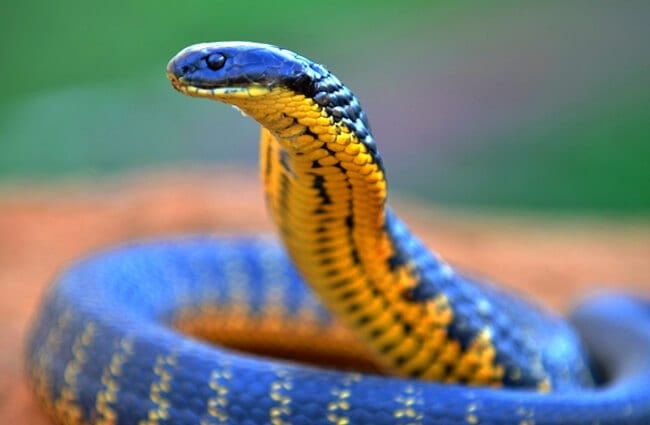

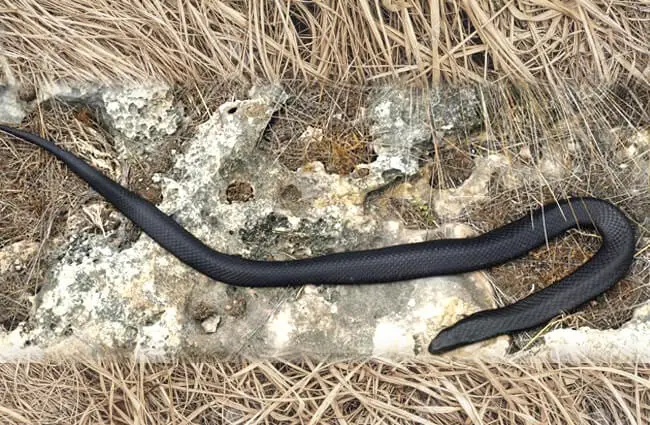

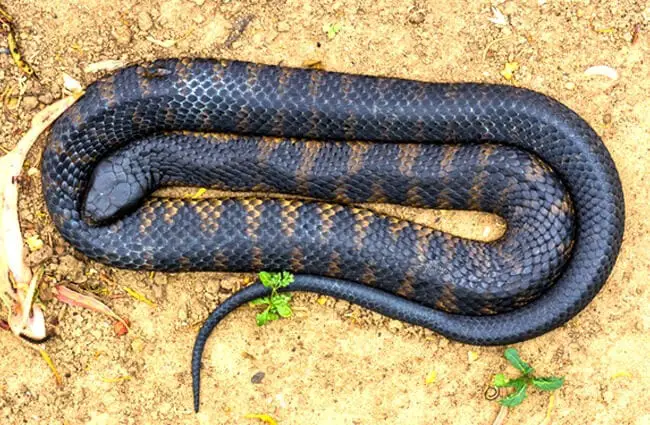



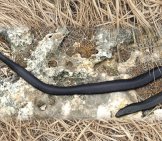

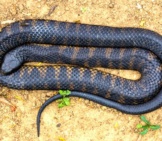
![Red Angus Closeup of a beautiful Red Angus cowPhoto by: U.S. Department of Agriculture [pubic domain]https://creativecommons.org/licenses/by/2.0/](https://animals.net/wp-content/uploads/2020/03/Red-Angus-4-238x178.jpg)












![Red Angus Closeup of a beautiful Red Angus cowPhoto by: U.S. Department of Agriculture [pubic domain]https://creativecommons.org/licenses/by/2.0/](https://animals.net/wp-content/uploads/2020/03/Red-Angus-4-100x75.jpg)

